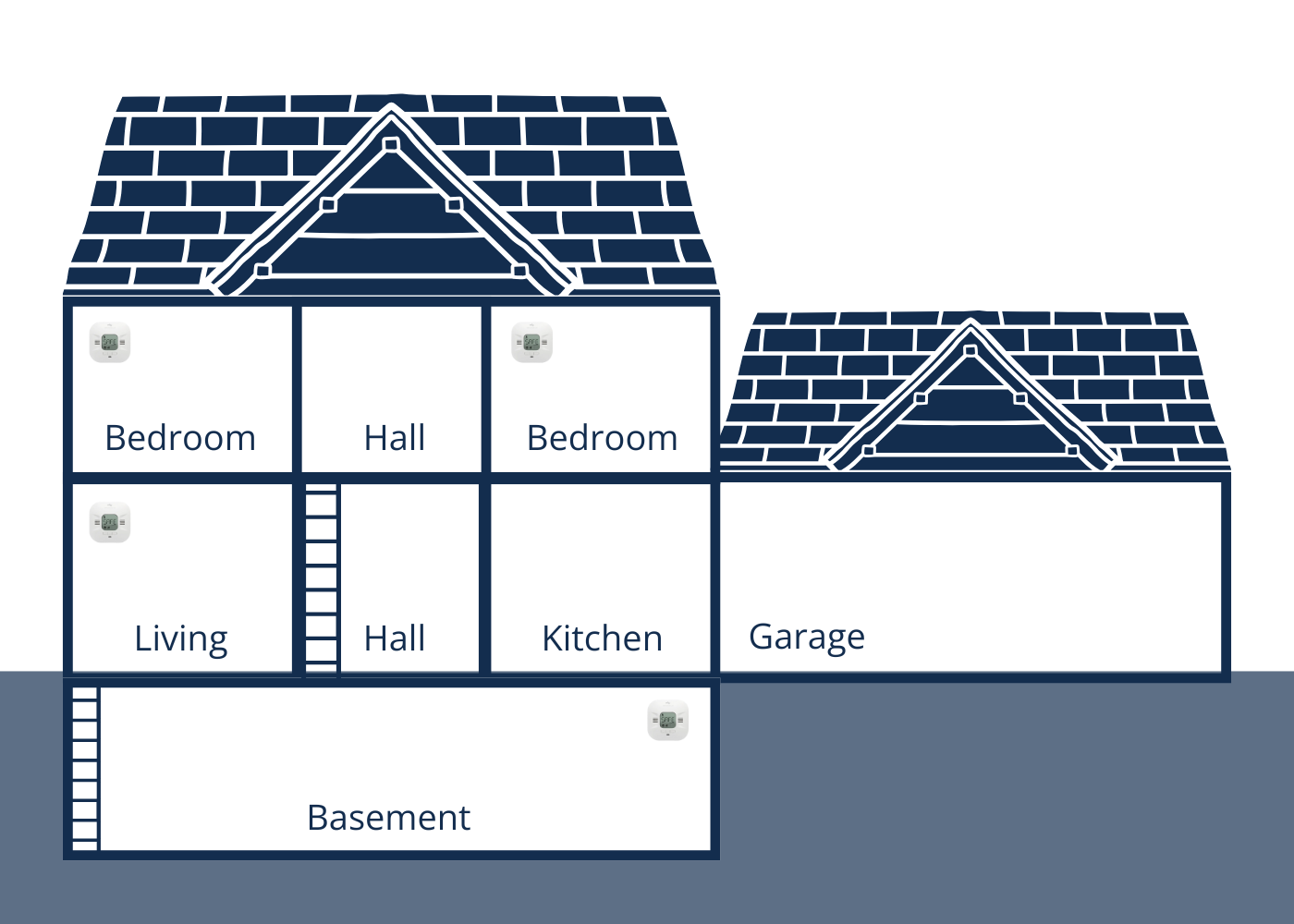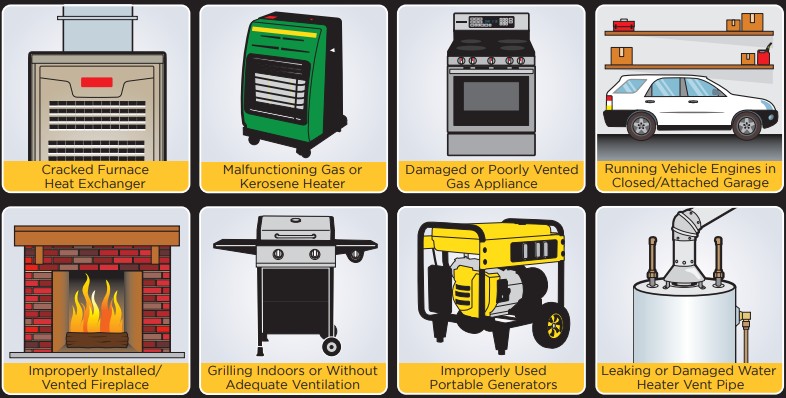What are Carbon Monoxide Alarms?
Carbon Monoxide (CO) alarms are used to detect CO, which is a poisonous gas, and provide an early warning when the gas is detected. They work by measuring the concentration of carbon monoxide in the air and sound an alarm when harmful amounts of CO gas are present.
The Rely Safety Difference
Rely Safety manufactures the Knox Model 7000 and 7200 CO alarms. These alarms are unique in that they communicate Bilingual visual AND verbal instructions when high CO levels are detected. Rely offers several other smoke and carbon monoxide alarms.
The three-button design details the most recent CO level, carbon monoxide testing, and a silence option for low-threat alarms.
Knox Safety Carbon Monoxide Alarms will:
- Alert: Loud 85 decibel alert to notify occupants of a CO threat.
- Inform: Provides 20+ voice alerts when detecting low and high levels of CO or for alarm status changes. The scrolling LCD display gives detailed information on current detection levels.
- Direct: Alarms give recommended emergency guidance with three LCD display icons:
- Call 911
- Exit Immediately
- Ventilate Area
Knox Safety's CO alarms feature a 10-year sealed battery that never needs replacing.
What are the state requirements for Smoke & Carbon Monoxide Alarms?
State requirements vary depending on the state for carbon monoxide alarms. 47 states have some form of CO legislation or code requirements - HI, KS, and TX are the only outliers. In addition to single family dwellings, many states require installation for multifamily dwellings. Other states limit the installation requirements to buildings with fossil fuel-burning devices or an attached garage. Others require that CO alarms are installed upon the sale or renovation of the property or unit.
In terms of regulating carbon monoxide alarms, some states use rules from state building or fire codes. Other states use the International Residential Code while others use local jurisdictions to regulate these detectors.
What is Carbon Monoxide poisoning and what are the signs?
Carbon Monoxide poisoning is the buildup of carbon monoxide in the blood. When too much carbon monoxide gets into the air, the body begins to replace the oxygen in the red blood cells with carbon monoxide. This can lead to tissue damage, or even worse, death.
Symptoms of CO Poisoning
- Headache
- Cough
- Fatigue
- Shortness of breath or difficulty breathing
- Nausea or vomiting
- Dizziness
- Chest pain
- Confusion
- Blurred vision
- Loss of consciousness
Where to install CO detectors?
According to the NFPA, CO alarms ideally should be placed:
- Every level of your house
- Outside of every bedroom
- On any level with fuel burning appliances
CO is roughly the same weight as air, therefore, unlike a smoke alarm, a CO alarm does not have to be installed on or near the ceiling.
Install Carbon Monoxide alarms on either a wall or ceiling. Wall-mount alarms should install no more than a foot away from your ceiling. While ceiling-mount alarms should install at the highest height of your ceiling and 4 inches from any wall.
As guidelines suggest, CO alarms should be tested once a month.

What are the Sources of Carbon Monoxide?


